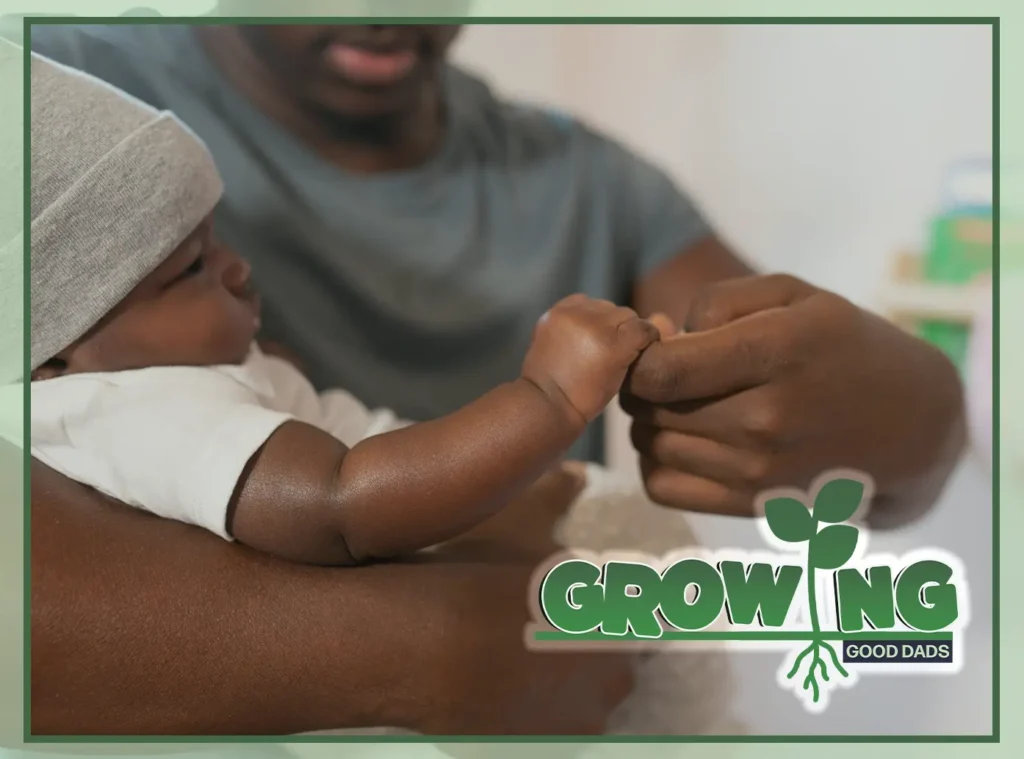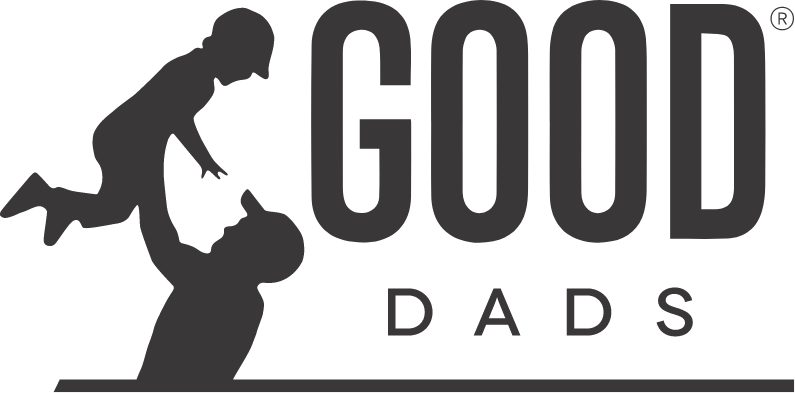Just because you give birth to a baby doesn’t mean that you automatically know what to do for a baby. There are many new skills parents of an infant and baby need to learn that don’t come naturally. You may expect the mother of your child naturally knows what do to, but trust me . . . she does not. Unless she has been a pediatric nurse or a pediatrician, it is highly unlikely that she knows how to manage all the things a baby might need. And even if she has been, there’s something different about caring for your own child 24/7. When it comes to parenting a newborn, Dad and Mom are likely both in the same boat.
How to Be an Awesome Dad
That’s why we’re a big fan of Dad Skills: How to Be an Awesome Father & Impress All the Other Parents by Chris Peterson. In his 222-page book with a great index to help you find what you need quickly, Peterson details many skills that young fathers will find useful. Here are just a few we found under “Baby Wrangling” and “Dealing with Toddlers.”
- Clip Your Baby’s Nails
- Stop a Baby from Fussing
- Diaper Like a Pro
- Deal with a Colicky Baby
- Alleviate Teething Pain
- Removing Nasal Mucus
- Use a Rectal Thermometer
- Helping Your Baby/Toddler Sleep through the Night
Peterson covers everything from how to “Survive a Wife in Labor” to how to “Set Up a Crib Properly” and “Deal with Unwanted Advice.” We think dads might especially like his advice on limiting diaper stank, bonding with baby (skin-to-skin contact is essential) and diagrams on how to swaddle.
Peterson also describes and illustrates five different ways to carry a newborn. Did you know that these included the “Shoulder Hold,” the “Cradle Hold,” the “Hello Hold,”, the “Football Hold,” and the “Lap Hold?” Learning how to correctly burp your baby and bathe your newborn in a tub are also essential skills.

“I Didn’t Realize Babies Cry So Much!”
Not all babies cry the same amount, but almost all of them cry more than parents think they will. It’s actually normal. First, it’s really the only way they have to communicate with you up until six weeks of age. Then, you may see them smiling, which is wonderful. In the meantime, if they’re cold, hungry, wet—uncomfortable in any way, the only way they have to let you know is to cry.
Over time, you will become more skilled in knowing what your baby’s cry means. Peterson suggests looking for the most obvious signs of distress first. You might try the following in the order given:
1. Is a diaper change needed? Some babies are more sensitive to wetness than others.
2. Is your child hungry or does he need to be burped?
3. Is your baby overstimulated or tired? If so, try swaddling to help them feel more safe and secure.
4. Try motion, e.g. sitting in her bumble on top of a washing machine, going for a car ride or being rocked. White noise sometimes works wonders.
5. Would a pacifier help? Sometimes the sucking reflex just needs to be satisfied.
6. If all else fails, Peterson suggests calling the doctor. Even if there’s nothing wrong, the reassurance received can be comforting to young parents.
Learning to care for your baby along with your partner can be one of the most satisfying experiences of your life. You won’t always get it right. Neither will your baby’s mother, but together you can learn and grow as a family in many rewarding ways.
During the month of February we’ll be highlighting information, strategies and skills to help dads of newborns and babies be the best they can be.







